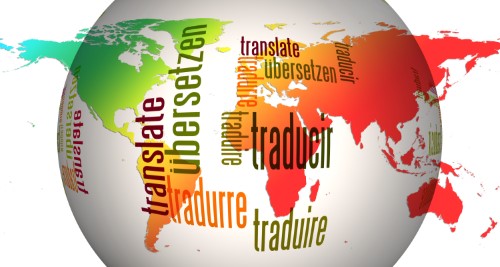 Marketing Messages has provided audio in over 80 languages, for a host of clients across the globe. After all that experience, we have learned that there are several common mistakes that can cause major problems for a customer’s Auto-Attendant or IVR prompts. Read on or watch our video so you can avoid voiceover screw ups.
Marketing Messages has provided audio in over 80 languages, for a host of clients across the globe. After all that experience, we have learned that there are several common mistakes that can cause major problems for a customer’s Auto-Attendant or IVR prompts. Read on or watch our video so you can avoid voiceover screw ups.
Successfully deploying a multi-language project is a huge undertaking, with numerous pitfalls that can slow the process down. It is very easy for such a project to become even more complex, and even more expensive, if steps are not taken to make sure that the script is in the best possible shape before it goes out for recording.
Step #1: Identify and engage script reviewers upfront.
This might seem self-explanatory, but you would not believe the number of projects we have encountered where it is unclear who in an organization has the final say on what is going to be recorded.
So before you send a script out for the process of editing, translating, recording, and then implementation, ask yourself some simple questions: Who will review the initial script? Will the translations need to be verified and validated before being sent for recording? Who will be performing the final audit on the audio? In the event of any disputes, who has the final say on the project?
Having answers to these questions in advance removes numerous impediments and speedbumps to the process.
Step #2: Clarify what should be in English vs. the native language.
In general, translators and voice talents will translate every single word within a script, and amend the language to be grammatically correct to their native language. To avoid any confusion, it will be wise to identify right from the start which words and phrases need to remain in English, even as the rest of the text is altered.
The most common exceptions we have found are company names, product and service names, location addresses, and certain technical terms and phrases. Abbreviations, phone numbers, and websites are also common items that customers ask to be kept in English. In some cases, a customer will ask that the words in a website address remain in English while the “www” or “com” are to be read with a native pronunciation.
Marketing Messages Voice Artists can to handle any such specifications, but it is important to have this clarity before any recording takes place. It just makes everyone’s life easier.
Step #3: Engage a professional translation service to avoid voiceover screw ups.
Over and over again, we have seen customers try to dodge around this step by using someone in-house who might have a working knowledge of a particular service, or some kind of free translation software like Google Translate. While these services might be able to translate specific words, grammar, meaning, and intent are often non-factors.
To see this point illustrated, plug some English text into Google Translate, then re-translate the results back into English. The end-product is almost always either gibberish or something that is ‘technically’ correct but so awkward and unnatural as to have the same impact as gibberish. And since you have nothing to check your translation against, you have no way of knowing how effective your new script is or isn’t.
Working with professional translators erases all this uncertainty and ensures that your message will be tailored to native speakers who will be calling in.
Just these small steps go a long way towards not only making your messages comprehensible, but letting your customers know that they are dealing with a thoughtful, professional organization who will put the time and effort in to meet a customer’s needs.
In the same way, all of us at Marketing Messages are here and ready to put in the extra step to make sure you get the audio experience that you need and avoid voiceover screw ups!
